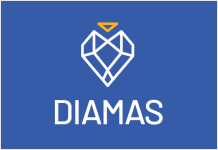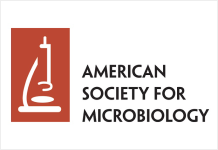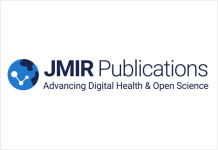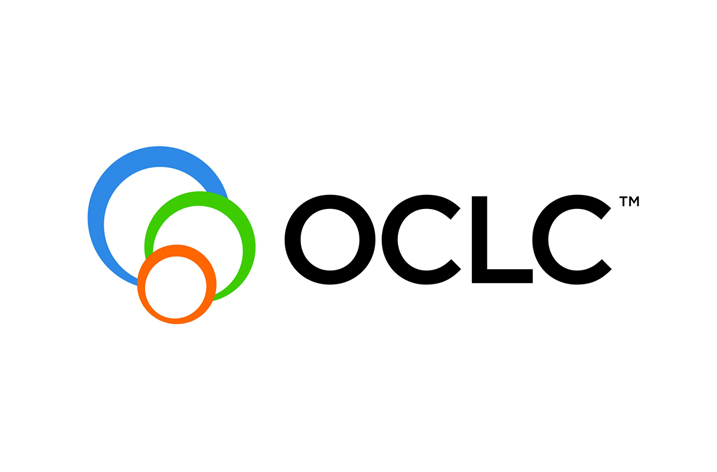
Japan retains its scientific leadership in the Asia-Pacific in 2011, according to the Nature Publishing Index 2011 Asia-Pacific released today. It is a strong performance, given the March 2011 earthquake and tsunami, which caused over US$1 billion damage to science infrastructure in Japan. Japan is the most productive of the Asia-Pacific countries, followed by China, Australia, Korea and Singapore.
Firmly entrenched in top spot in the Index, Japan has dramatically increased its publishing output in 2011 compared with 2010. Second-placed China, with its booming economy, is the real mover increasing its proportion of the Nature research journal articles from the region at the expense of the other four top-ranking countries. Australia has consolidated its third place in the Index, and Korea has kept well ahead of Singapore in fifth place. It is at this level that we may see changes in 2012, with Taiwan (sixth) and India (seventh) both coming closer to challenging Singapore.
Asia-Pacific countries have weathered the Global Financial Crisis far better than those in the US and Europe, and the Index shows that scientific research in the Asia-Pacific is also flourishing. In 2011, one in four papers published in Nature research journals has at least one author from the Asia-Pacific region, and 10% of global publications in Nature research journals include a Japanese author.
The Index provides a unique insight into the quality and impact of Asia-Pacific science and is published as a supplement to Nature today. It measures the output of research articles from nations and institutes in terms of publications in the 18 Nature-branded primary research journals in 2011. To place the Asia-Pacific results in context, Nature Publishing Group is also releasing a global (beta) version of the 2011 Index ranking the world’s top 100 research institutes, which include seven from Japan, three each from China and Australia, and one from Korea.
As the Nature research journals expand their coverage of natural sciences, the outputs of most countries have increased. But the Asia-Pacific countries have increased their presence as a proportion of the global contribution. In 2011, 25.6% of papers in Nature primary research journals have at least one author from the Asia-Pacific; up from 22.2% in 2010 and 19.9% in 2009.
The supplement provides a snapshot of research in the Asia-Pacific in 2011. To see the latest results for the region, and the Nature Publishing Index Global Top 100 (beta), visit the Index website at www.natureasia.com/en/publishing-index/. The data posted on the website is updated every week with a moving window of 12 months of data.
























